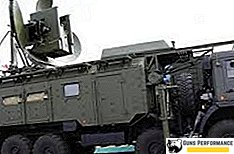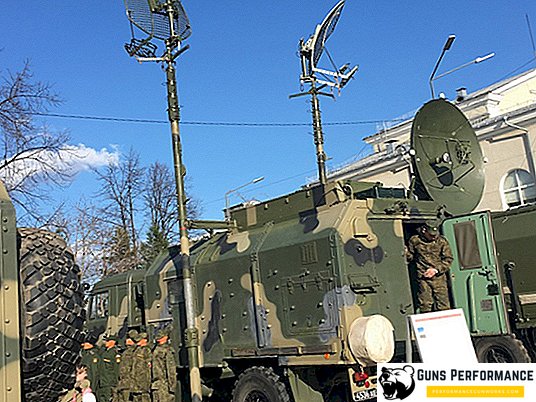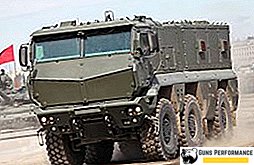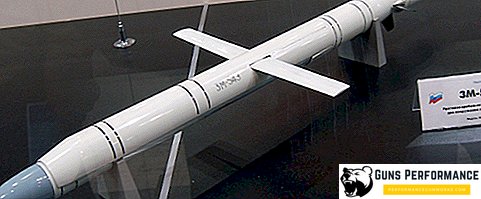By supporting numerous statements by Russian officials about their readiness for prompt and adequate response to the growing threat from the West, the Russian military are building up defensive capabilities in the most dangerous areas.

In addition to the firing complexes deployed along the borders, including anti-aircraft missile and anti-ship systems, the Ministry of Defense of the Russian Federation deployed at least 13 Samarkand electronic warfare complexes of various modifications.
Modern means of electronic suppression deployed in the Arkhangelsk, Kaliningrad, Moscow, Murmansk, Nizhny Novgorod regions, Krasnodar and Primorsky territories, the Jewish Autonomous Region, as well as in neighboring Belarus, the air defense of which is integrated into the Russian air defense.

Along with the divisions of the Aerospace Forces, the Samarkand EW complexes that do not have a foreign counterpart, also received parts of the Russian Navy.
Systems are designed to disable radio communications of a potential enemy. EBC "Samarkand" complexes are also able to suppress the radar sights of airplanes and helicopters, ship radars, divert guided missiles away from our facilities, and interfere with navigation aids using GPS satellite signals.
In practice, the use of Samarkand radio suppression systems will cause the enemy’s crews to lose contact with ground control points, risk losing orientation and send weapons that no longer have high precision without GPS signals, past their designated targets.












